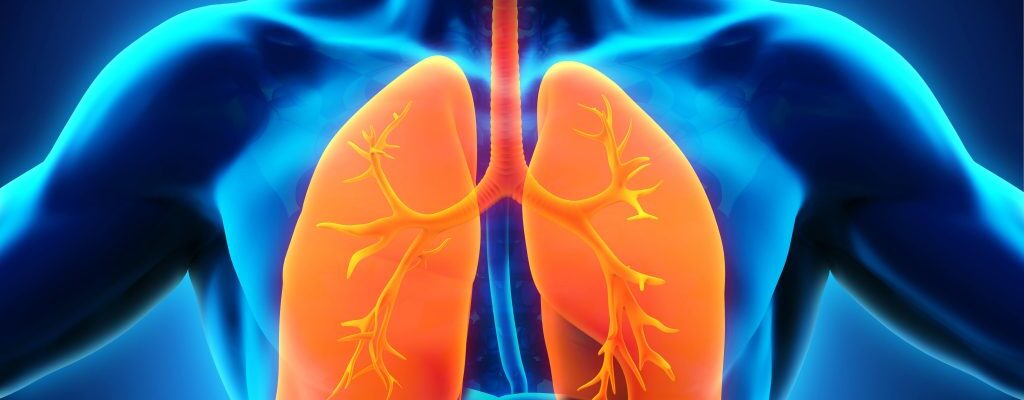Chronic Obstructive Pulmonary Disease (COPD) symptoms often do not appear until significant lung damage has occurred. Over time, these symptoms worsen and can severely impact daily life. Below are some common symptoms experienced in advanced cases of COPD:
- Persistent cough lasting 3 months or longer.
- Shortness of breath, especially after physical activity.
- Wheezing or high-pitched breathing sounds.
- Chest tightness or discomfort.
- Excessive mucus production in the morning.
- Recurrent coughing with phlegm, which may be yellow, green, or clear.
- Bluish discoloration of the lips and nails (cyanosis).
- Frequent lung infections.
- General fatigue and lack of energy.
- Unexpected weight loss.
These symptoms may vary in severity and can worsen if not managed properly.
When Should You See a Doctor?
Seek immediate medical attention if you experience:
- Difficulty breathing, even at rest.
- Severe chest pain.
- Breathing problems so severe that it becomes difficult to speak.
If diagnosed with COPD, it’s crucial to maintain regular check-ups to monitor the condition. COPD is a progressive disease, meaning it worsens over time if left untreated. Regular medical care helps manage symptoms, slow disease progression, and prevent serious complications.
Why Early Diagnosis and Management Are Important
COPD requires proactive care to improve quality of life and reduce the risk of complications such as respiratory infections or heart problems. Your doctor may recommend medications, lifestyle adjustments, and pulmonary rehabilitation to help manage the condition effectively.
Don’t wait for symptoms to worsen—seek medical advice early to ensure proper care and treatment.


